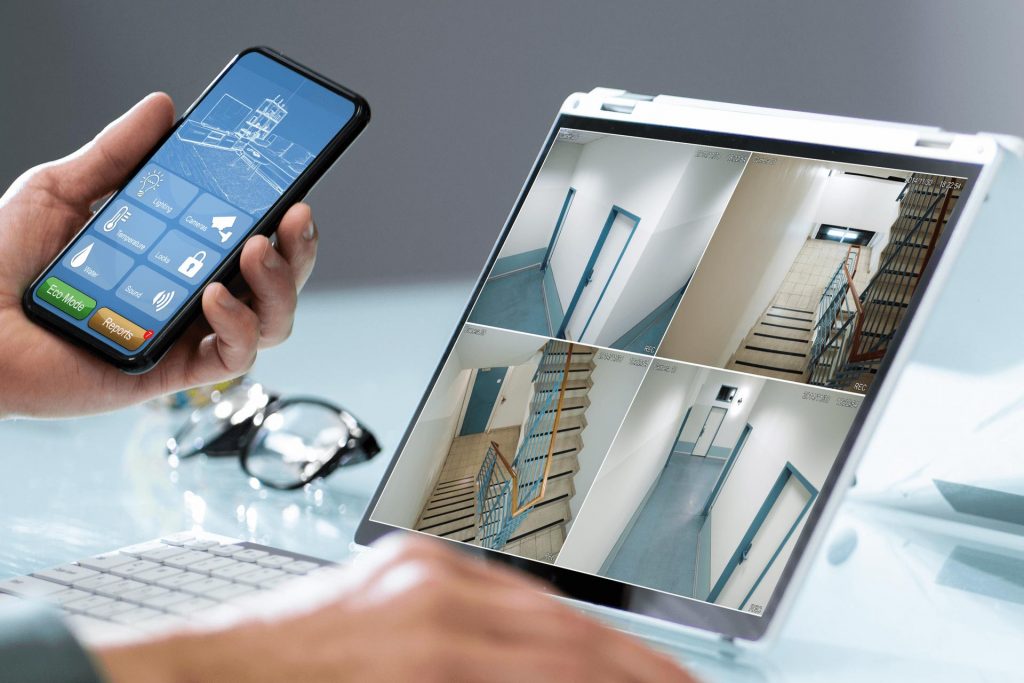There was a time when police departments handled all evidence management in basically the same way. It was a paper-based procedure that started at the crime scene, with an officer collecting a piece of evidence, tagging it, and placing the evidence in a bag. Then, they wrote information on the bag, such as a case number, date, and address. For ease of filing and evidence management, any item was allocated an item number that an officer would deliver to the evidence room or dropped in a temporary storage locker. Then, someone from the evidence room could recover it later, along with the officer’s handwritten evidence report. A copy of the evidence report would also have to be attached to the case report.
In some cases, this is still the system for police departments when it comes to physical evidence, but there is a significant category of evidence that can’t be handled this way. With the massive increase in the amount of digital video evidence collected by officers in the field, specific management software needs to run parallel to or integrate completely with any system that organizes physical evidence.
What is digital evidence?

Generally, digital evidence is information that is stored or transmitted via computers or other digital devices that may be relied on in court like a computer hard drive, a mobile phone, a tablet, or even a cloud-based social media account. Digital evidence is commonly associated with electronic crime or e-crime, such as illegal pornography or credit card fraud. However, it’s a mistake to think of digital evidence as only relating to these types of crimes, as it might prove helpful in the prosecution of any kind of crime. For example, a suspect’s e-mail or mobile phone files might contain critical evidence regarding their intent, their whereabouts at the time of a crime, or their relationship with other suspects.
Gathering digital evidence in the field might occur in many ways, such as accessing a suspect’s laptop, phone, or other digital devices. However, police officers may also produce substantial digital evidence through dashcams, body-worn cameras, or digital photographs.
What is Digital Evidence Management?
Evidence of this type needs to be securely sorted and stored. For data to be reliable when presented in court, it needs to be easily be retrieved, and the system needs to be secure enough. For this reason, any effective digital evidence management system needs to be able to store the evidence for as long as necessary, give access to the people who need it
and have adequate labeling and sorting systems to find and retrieve the evidence as quickly and efficiently as possible.

Recorded digital evidence may come in many forms, such as digital images, video surveillance footage, body camera footage, audio recordings, videotaped interviews, officer-generated reports, and forensics and lab reports. Only excellent digital management software can handle all of this data, and it needs a file retention policy that ensures that substantial evidence is always retained until it’s needed.
Access to the evidence is essential on two fronts. On the one hand, it must secure the evidence against people without permission to access it. Other users may have permission to view the data but not remove or alter it. Access should be as convenient for those who do have permission. Ideally, this means cloud-based storage, which allows users with permission to access the evidence through secure channels anywhere they have internet access. And for use in court, high-level users will also need to be able to copy the data to a drive or burn it to a disc.
The advantages of integration
Finally, an ideal digital evidence management system will integrate smoothly with the existing systems in the department. On the one hand, this may mean integrating with the department’s procedures for its physical evidence management. But also, it’s essential to consider how the department is producing its digital evidence. If a large amount of data is coming in via the department’s dashcams and body-worn cameras, then an ideal system will integrate smoothly with these devices.

